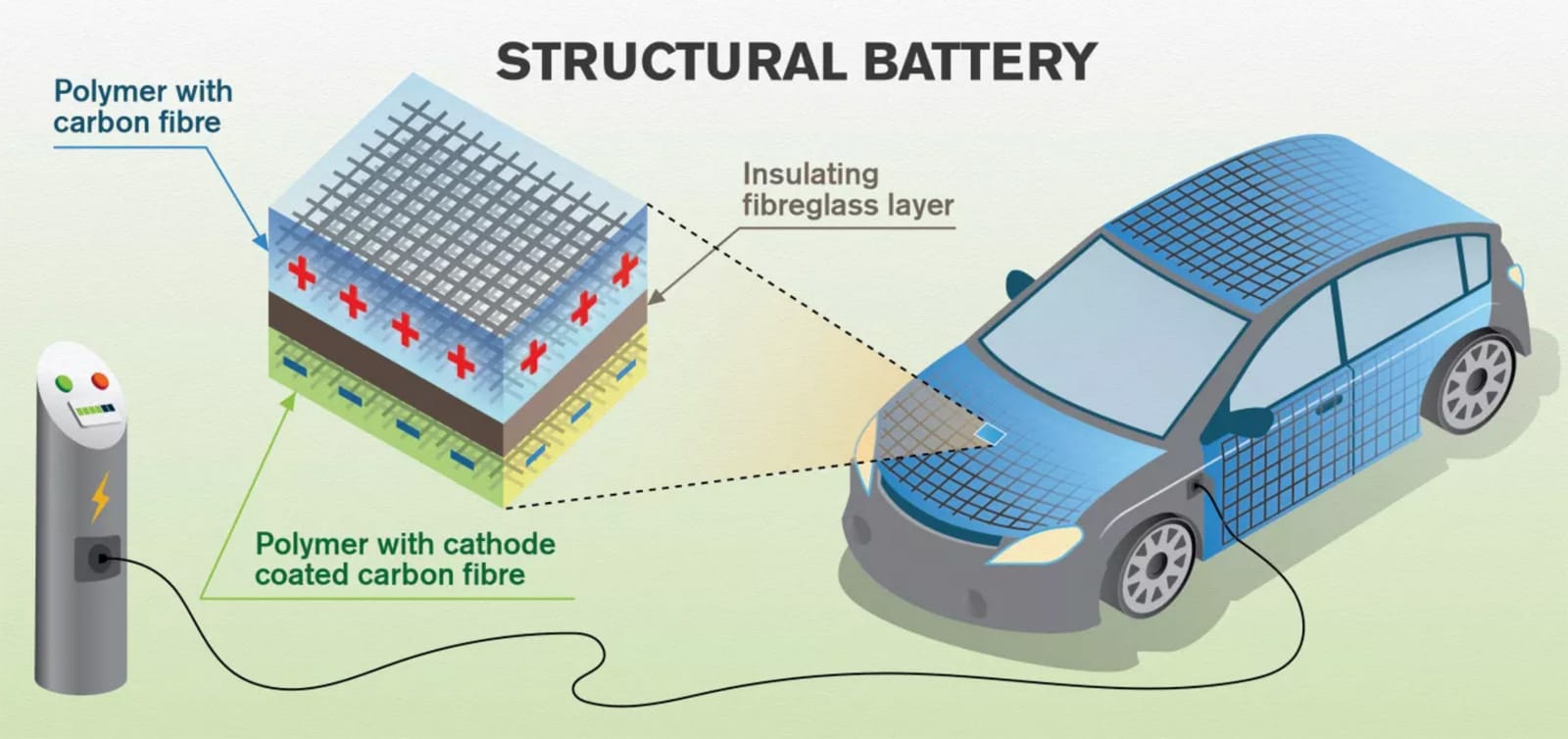
If you're anxious for all this talk about graphene to materialize into products that can be tucked away in your shoulder bag, you're certainly not alone. A consortium dubbed the Graphene Flagship, which includes heavyweights such as Nokia and the University of Cambridge, has been selected by the European Union to participate in a program that'll endow it with 1 billion euros over 10 years to make that happen. The hope is that pairing up researchers and businesses will hasten the development of material and component manufacturing processes for the carbon-based substance, and make it possible for graphene to find its way into products such as flexible electronics, batteries and faster processors. During the first 30 months of the program, 126 academic and industrial research groups spread throughout 17 European countries will be coordinated by Chalmers University of Technology and have their collective pockets filled with an initial 54 million euro budget to kick things off. It's a long haul, but here's hoping Espoo's Morph concept inches a little closer to reality.
[Image credit: Nokia]
Filed under: Science, Nokia
Comments
Via: Nokia Conversations
Source: Graphene Flagship (PDF)
 Electric cars typically need larger, denser batteries if they're going to meet the range expectations of people used to gas-powered vehicles, but available space and weight limit the size of that battery. Researchers might have a solution: turn the...
Electric cars typically need larger, denser batteries if they're going to meet the range expectations of people used to gas-powered vehicles, but available space and weight limit the size of that battery. Researchers might have a solution: turn the...
 Electric cars typically need larger, denser batteries if they're going to meet the range expectations of people used to gas-powered vehicles, but available space and weight limit the size of that battery. Researchers might have a solution: turn the...
Electric cars typically need larger, denser batteries if they're going to meet the range expectations of people used to gas-powered vehicles, but available space and weight limit the size of that battery. Researchers might have a solution: turn the...
 We've known for a while that there is a link between the emissions coming out of a car's tailpipe and various cardiovascular conditions. In fact, diesel cars are significantly worse for people's life expectancy than their petrol-powered equivalents....
We've known for a while that there is a link between the emissions coming out of a car's tailpipe and various cardiovascular conditions. In fact, diesel cars are significantly worse for people's life expectancy than their petrol-powered equivalents....
